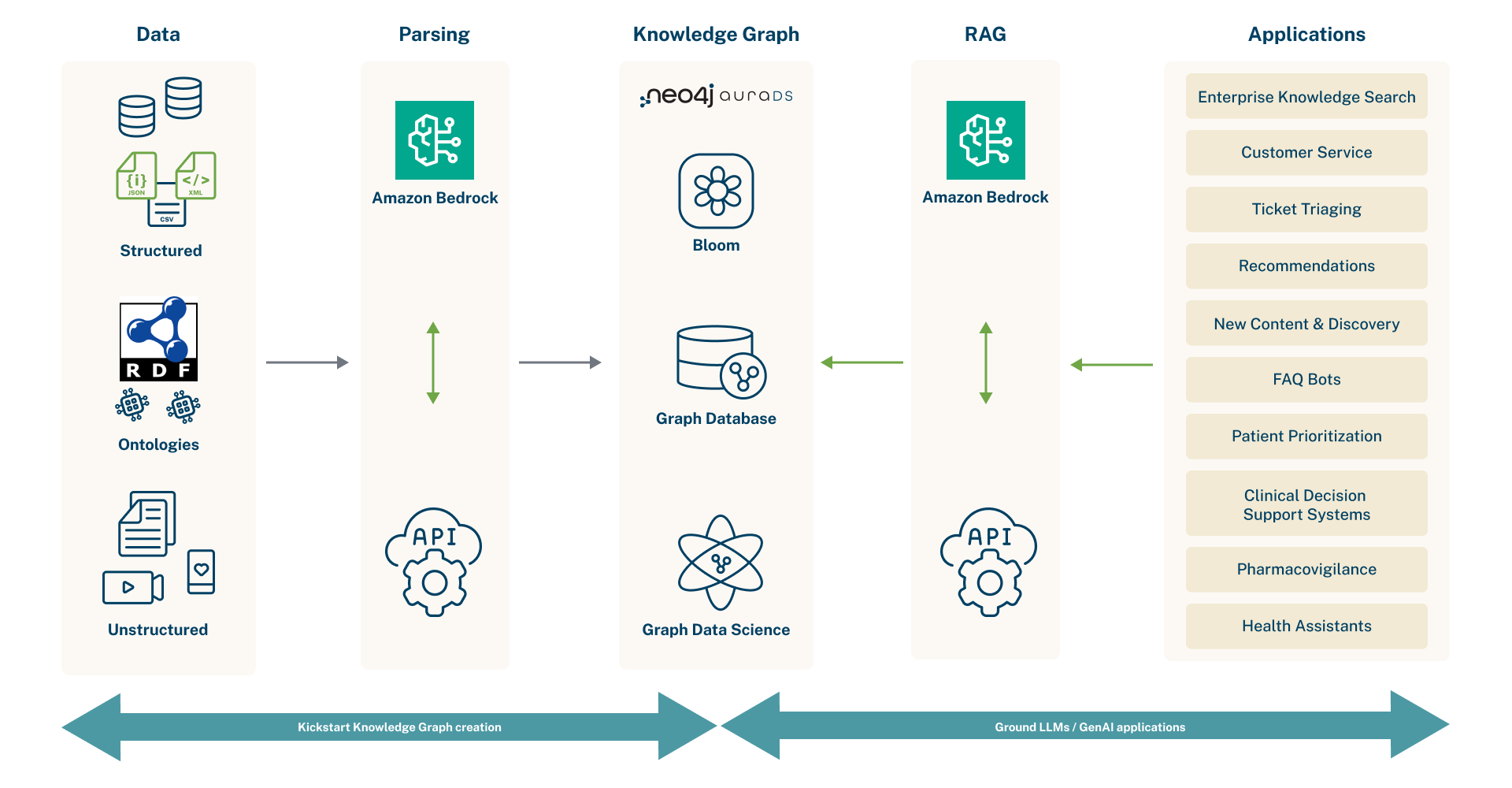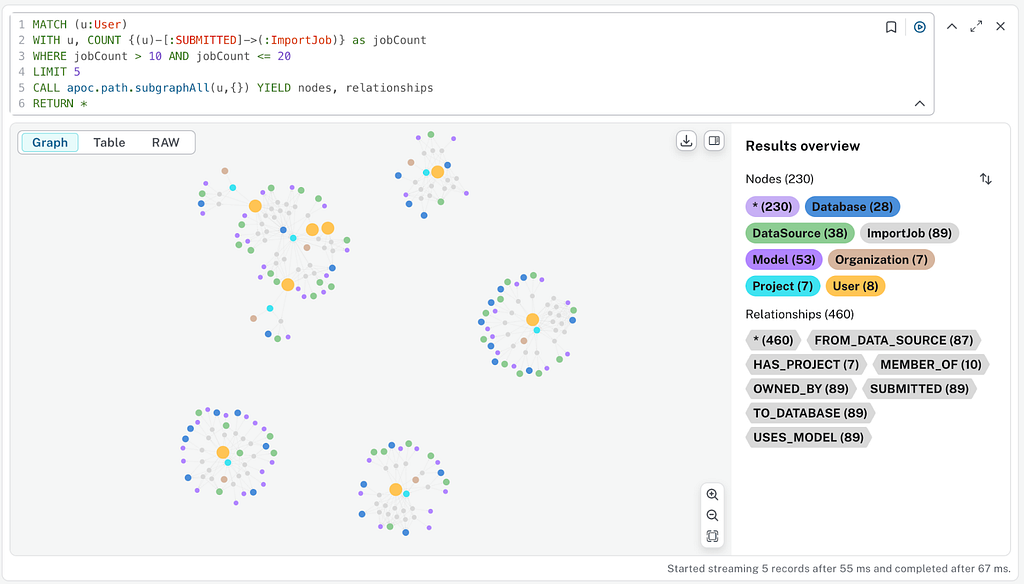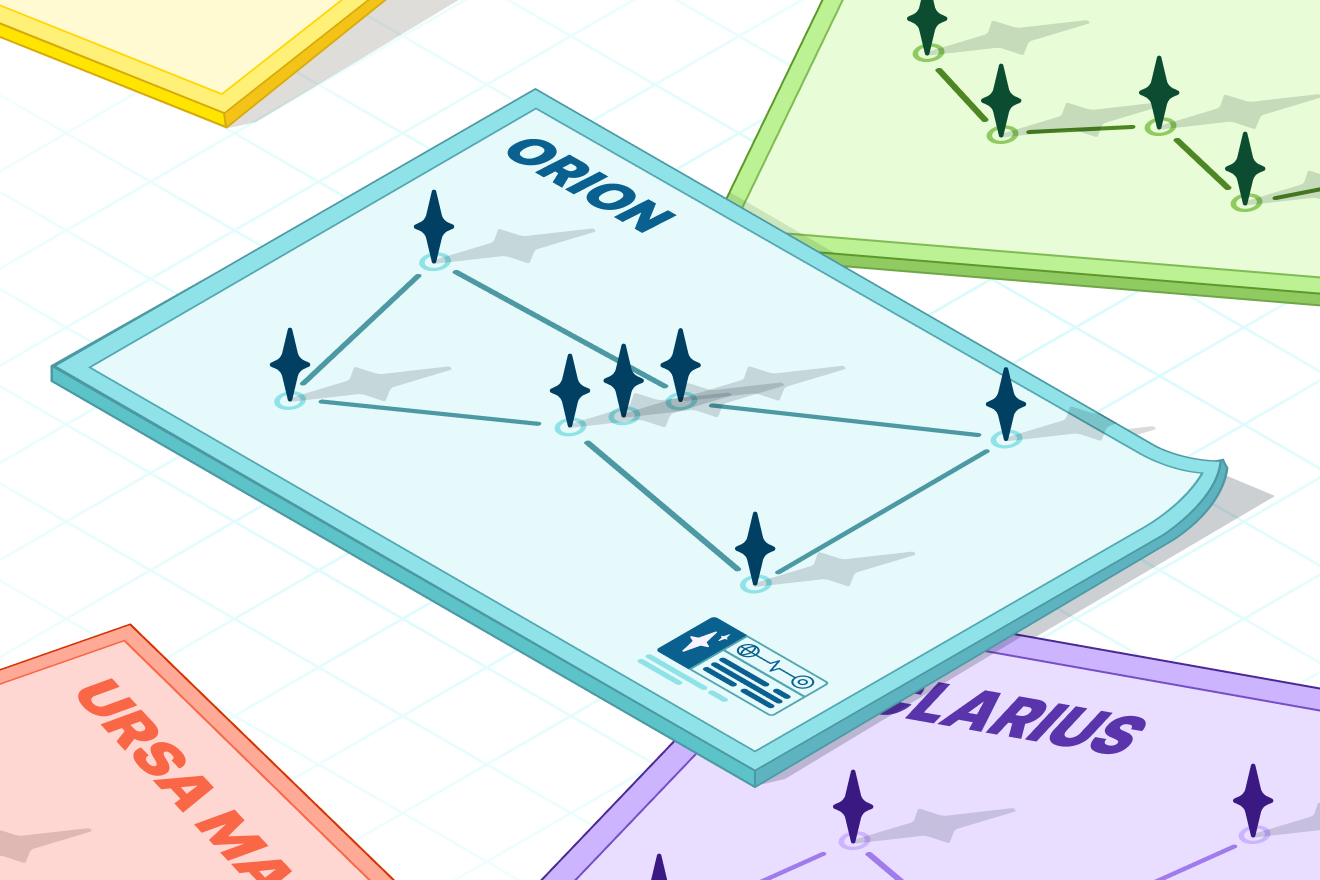AWS and Neo4j Join Forces to Solve LLM Hallucinations and Evolve GenAI

Chief Product Officer, Neo4j
4 min read

We’re excited to announce a multi-year, strategic collaboration agreement (SCA) between Neo4j and Amazon Web Services (AWS) that will speed up enterprise AI development while resolving key AI challenges, including reducing LLM hallucinations.
Neo4j is the only graph database with vector search, and it now integrates seamlessly with Amazon Bedrock, one of the simplest and most powerful ways to build and scale GenAI apps using foundation models. To create a frictionless, fast-start experience for GenAI developers, we’ve made our fully managed graph database offering, Neo4j AuraDB Pro, available on the AWS Marketplace.
The partnership gives organizations the tools they need to tailor GenAI solutions to their specific data domains while also making AI results more complete, accurate, and transparent.
Here’s how the platforms integrate:

Clearing the Hurdles to Enterprise-Grade GenAI
The potential of GenAI to transform business is enormous. According to McKinsey, GenAI could add up to $7.9 trillion annually to the global economy.
Many developers are eager to explore GenAI, but it hasn’t always been clear how to get started or address common limitations such as LLM hallucinations, verification issues, limited input sizes, potential data bias, etc.
That’s where Neo4j and Amazon Bedrock come in. Neo4j knowledge graphs capture the contextual depth of enterprise data, enabling AI systems built on Bedrock to more effectively reason, infer relationships, and retrieve relevant information. This solves a common problem for developers, who need long-term memory for LLMs that are grounded in specific enterprise data and domains.

The combination of Neo4j’s native vector search, knowledge graph, and Amazon Bedrock helps:
-
- Reduce hallucinations: Neo4j and Bedrock work together using retrieval augmented generation (RAG) to create virtual assistants grounded in enterprise knowledge. This reduces hallucinations and increases accuracy.
- Create personalized experiences: Knowledge graphs integrated into Bedrock invoke a rich ecosystem of foundation models, which can be combined with relationships to power highly personalized text summarization and generation.
- Get complete answers during real-time search: Developers can use Bedrock to generate vector embeddings from structured and unstructured data and enrich knowledge graphs with Neo4j’s vector search and indexing capability.
- Kickstart knowledge graph creation: Amazon Bedrock’s GenAI capabilities allow developers to process unstructured data and load it into a knowledge graph; users can then extract insights from the graph and make real-time decisions. Here is a Neo4j-generation LangChain template to get you started quickly.
The Impact of Neo4j + Amazon Bedrock
Amazon Bedrock handles tasks such as summarization, content creation, and question-answering. Combined with Neo4j knowledge graphs, you can bring institutional knowledge to every team member. This combination also unlocks unstructured data, providing complete answers grounded in facts, not hallucinations.
For example, you can now get full answers to HR policy questions or find relevant medical paper snippets wrapped with context like authors and institutions. You can even summarize enterprise documents. The key is that Bedrock’s capabilities are augmented by Neo4j’s factual knowledge graphs. This produces accurate, contextual responses instead of LLM guesses.
Consider how Pablo Lima, CEO of financial infrastructure firm TAG IMF, envisions using Neo4j and Amazon Bedrock:
“The combination of knowledge graphs by Neo4j and GenAI capabilities by Amazon Bedrock will allow us to build GenAI applications at scale and democratize credit analysis and insights. We have all types of data from our transactions, including data on merchants, creditors, and transaction types. Neo4j is the perfect database to store these highly connected transactions more efficiently and adjust them to new rules more responsively.”
Bringing AuraDB Pro to the AWS Marketplace
We’re thrilled to offer Neo4j AuraDB Pro, our fully managed graph database, on AWS Marketplace. With AuraDB Pro, developers using Amazon Bedrock for GenAI can easily access Neo4j’s graph database and build knowledge graphs. This substantially simplifies enriching and grounding GenAI projects.
Launching Neo4j AuraDB through the AWS Marketplace can help teams:
-
- Avoid using personal credit cards to fund experimentation
- Use existing AWS discounts and agreements
- Easily monitor spending with a single AWS bill
Getting Started With Amazon Bedrock & Neo4j
Together, Neo4j and Amazon Bedrock provide everything you need to build high-performing GenAI grounded in your own data. Deploying Neo4j on AWS and creating your knowledge graph is simple with the availability of AuraDB Pro on AWS Marketplace. We have also made integrating Neo4j with Amazon Bedrock simpler with the following options: Use LangChain to easily incorporate Amazon Bedrock and self-managed or AuraDB Neo4j instances into your LLM orchestration workflow (e.g., use these Neo4j LangChain templates). For self-managed Neo4j, you can also call Bedrock directly via APOC procedures.
Also check out these resources by our partners:
If you’re going to AWS re:Invent and want to learn more about Neo4j and Bedrock, please stop by the Neo4j booth—#1304—and attend our Lightning Talk on November 28 at 5:30 pm, in Lightning Theater Five.








